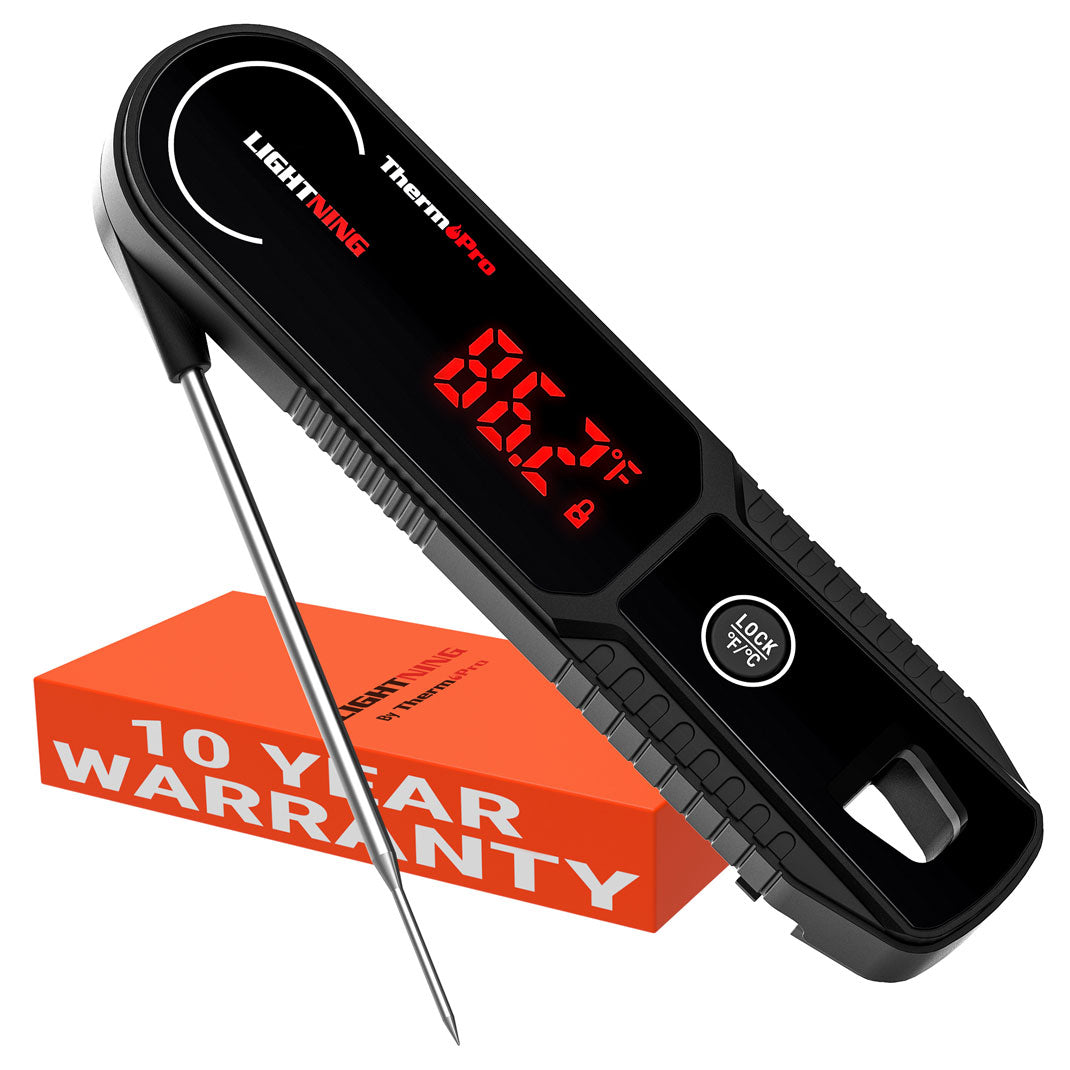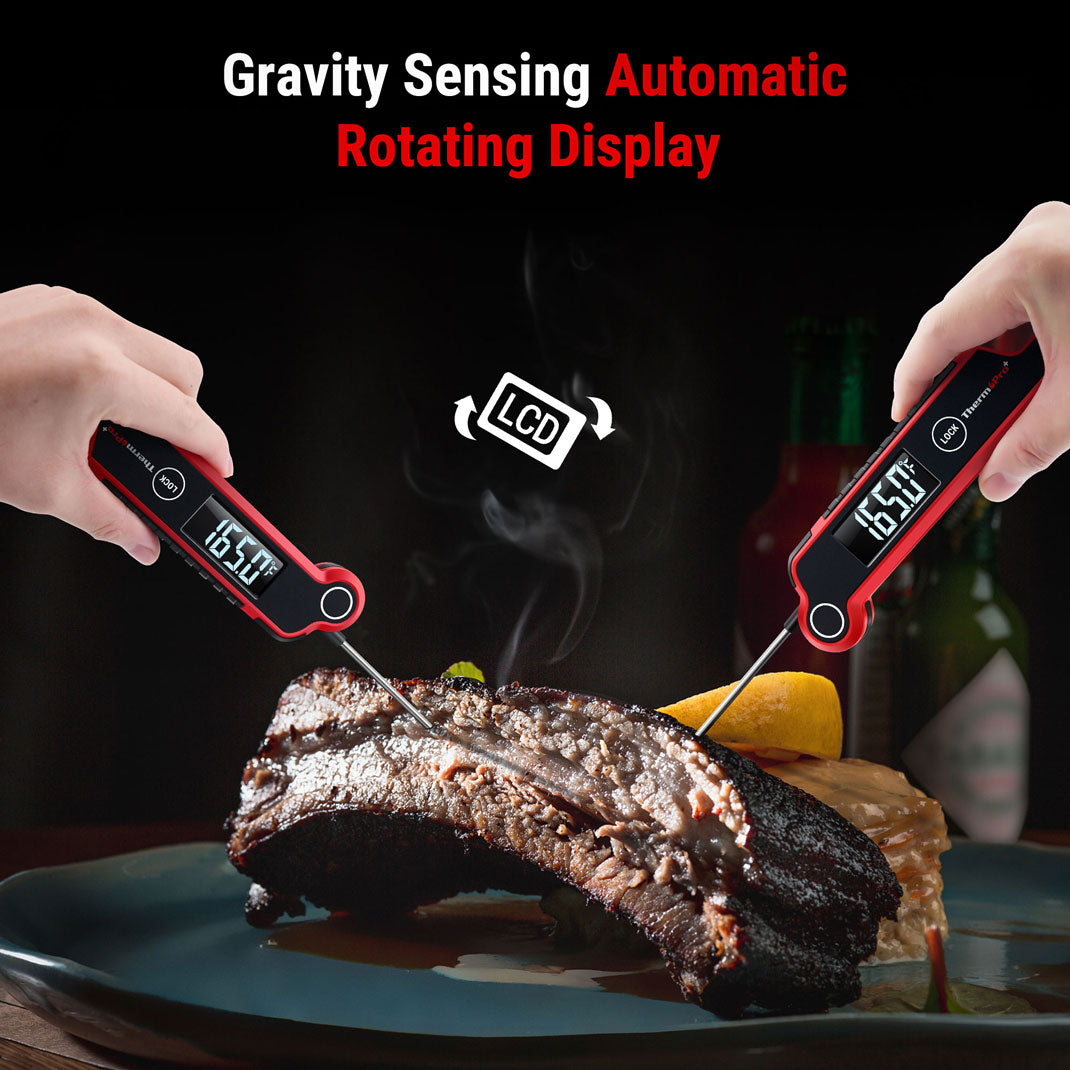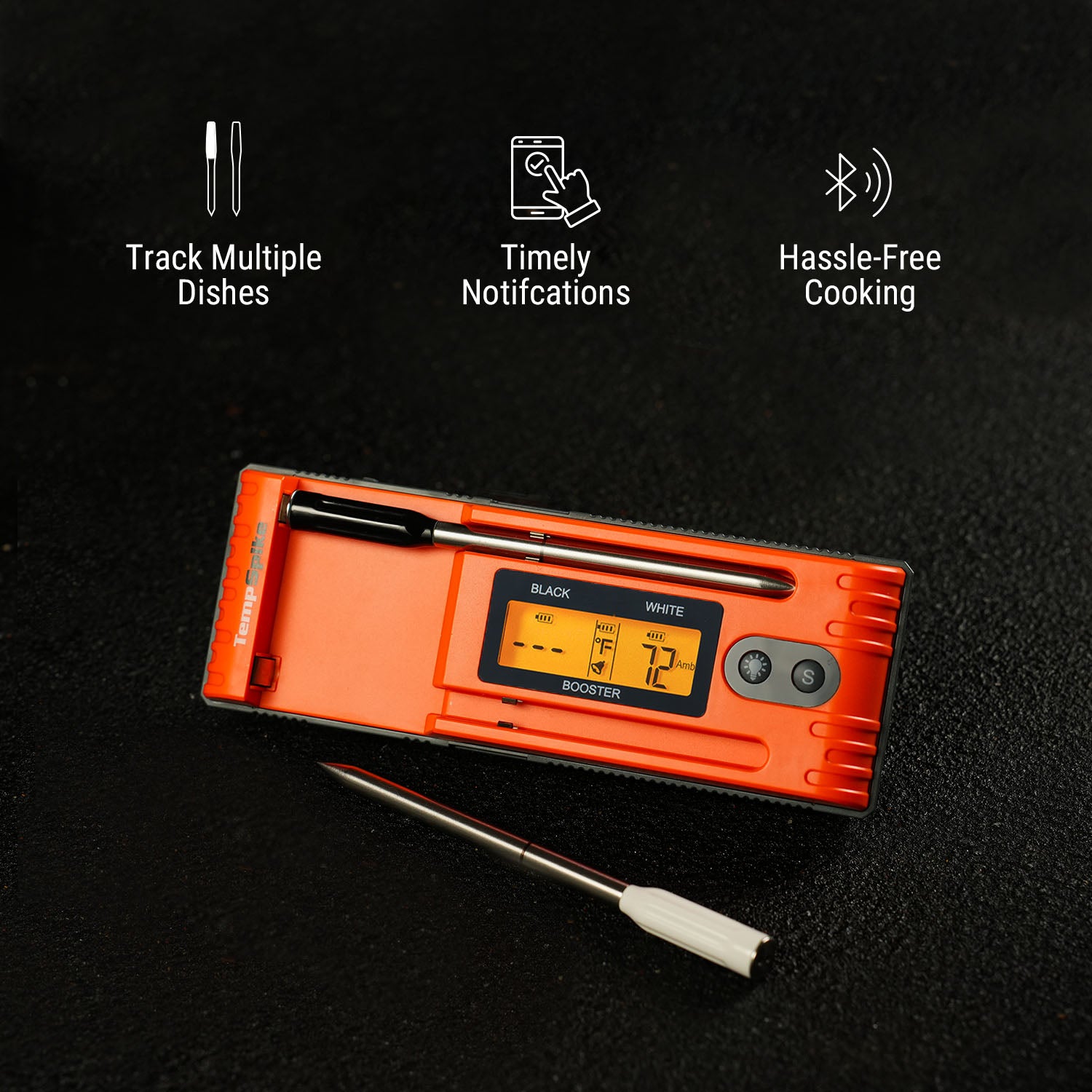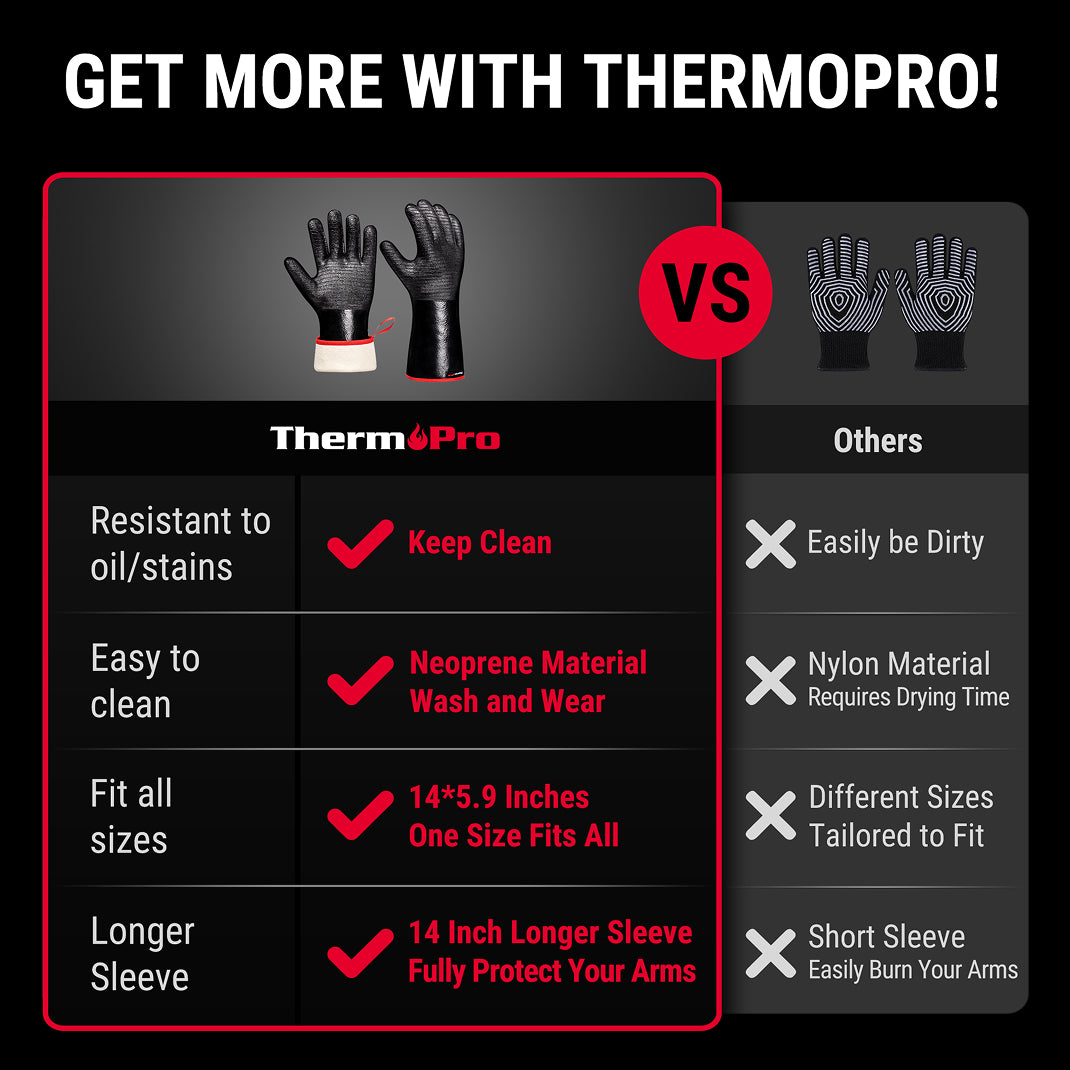How Meat Temperature Affects Protein Absorption: What Science Says and How ThermoPro Can Help






 288 Comments
288 Comments
When it comes to healthy eating, we all know that protein is essential. From building muscle mass to boosting immune health, protein plays a key role in our overall well-being. But did you know that the temperature at which you cook meat directly influences how much protein your body can absorb?
In this article, we’ll explain how cooking temperatures affect meat protein digestibility and bioavailability, back it with scientific studies, and show how ThermoPro thermometers can help you cook meat to perfection for optimal health benefits.
Understanding Protein Denaturation
When meat is heated, its proteins undergo a process called denaturation—they unravel and change shape. This is essential because it makes the protein structure more accessible to digestive enzymes like pepsin and trypsin. But there's a fine balance:
- Too little heat: proteins remain tightly folded and hard to digest
- Too much heat: proteins coagulate or form cross-links, reducing digestibility

What the Science Says
A 2013 PLOS ONE study investigated how internal cooking temperatures affect protein digestion. Using isotope-labeled veal, researchers found that meat cooked to 75°C (167°F) had faster digestion rates than meat cooked at either 60°C (140°F) or 95°C (203°F).
Similarly, a 2024 study published in Food Chemistry found:
- Steaming or roasting at 75–85°C improves protein digestibility
- Cooking above 90°C leads to protein oxidation and reduced bioavailability
These findings make it clear: maintaining moderate cooking temperatures leads to better protein absorption.
Why Overcooking Is a Problem
Overcooking your meat may make it safer, but it can also negatively impact its nutritional quality. Here’s why:
- Increases protein oxidation, lowering bioavailability
- Promotes formation of harmful compounds like HCAs and PAHs
- Destroys essential amino acids such as lysine
Cooking meat to the right internal temperature ensures maximum nutrient retention while keeping it safe to eat.
Ideal Cooking Temperature for Protein Absorption
According to the USDA, the minimum safe internal temperatures are:
- Poultry: 165°F (74°C)
- Ground meats: 160°F (71°C)
- Beef, pork, lamb: 145°F (63°C) with 3-minute rest
- Fish: 145°F (63°C)
To optimize protein absorption, aim for 160–170°F (71–77°C) depending on the meat type. This temperature range offers the best balance of safety, texture, and nutritional value—just as shown in the scientific studies above.
For added convenience, most ThermoPro thermometers include the USDA temperature guide built in.
You can also use our magnetic meat temperature guide sticker, perfect for your fridge or kitchen wall for quick reference.

How ThermoPro Helps You Cook Smarter
To ensure your food is cooked safely while preserving nutritional quality, you need accurate, reliable tools. That’s where ThermoPro comes in.
1. ThermoPro TP622 Lightning One-Second Instant-Read Meat Thermometer
- Ultra-fast 1-second readings with ±0.5°F precision
- 180° rotating display—perfect for left-handed users
- Auto on/off feature for ease of use and battery saving
- IP65 waterproof—clean under running water
- Backed by an industry-leading 10-year warranty

If you're looking for a more budget-friendly option that still offers solid performance for daily cooking, consider the alternative below:
2. ThermoPro TP620 Digital Instant-Read Meat Thermometer
- Accurate to ±0.9°F with 2–3 second response time
- Ideal for everyday home cooking
- Durable build with easy-to-read backlit display
- Includes USDA temp guide printed on the back

Whether you’re grilling chicken, roasting beef, or meal prepping salmon, these instant-read meat thermometers help you hit the perfect internal temperature every time.
Key Takeaways
- Protein becomes more bioavailable when meat is cooked to moderate internal temperatures (160–170°F)
- Overcooking meat can destroy amino acids and reduce absorption
- Scientific research proves that precise cooking enhances nutritional value
- ThermoPro thermometers provide the accuracy needed to cook meat for optimal health
Final Thoughts
Cooking is about more than just flavor—it's about maximizing nutrition and health benefits. If you're serious about nutrition, muscle recovery, or healthy eating, understanding how temperature affects protein absorption is essential.
With ThermoPro, you don’t need to guess. You get fast, reliable readings that help you cook smarter, eat better, and live healthier.
Comments
You May Also Like
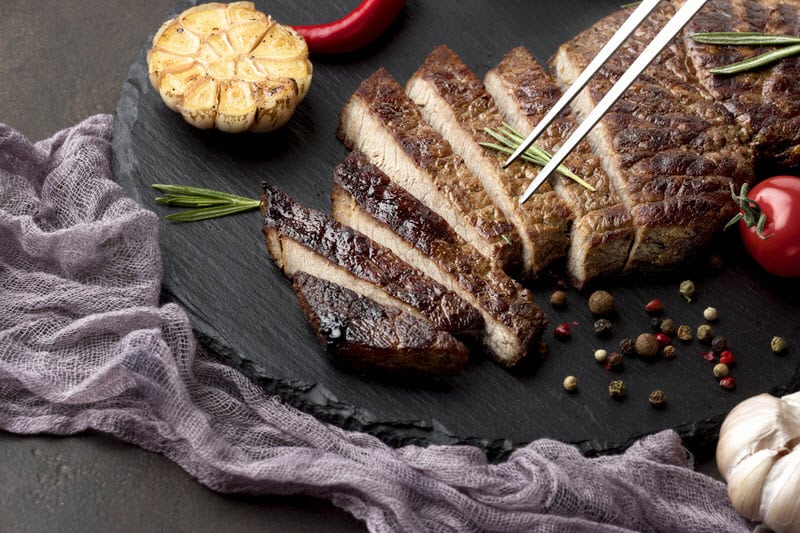
How to Know When Brisket Is Done?

Shrimp Internal Temp and Doneness
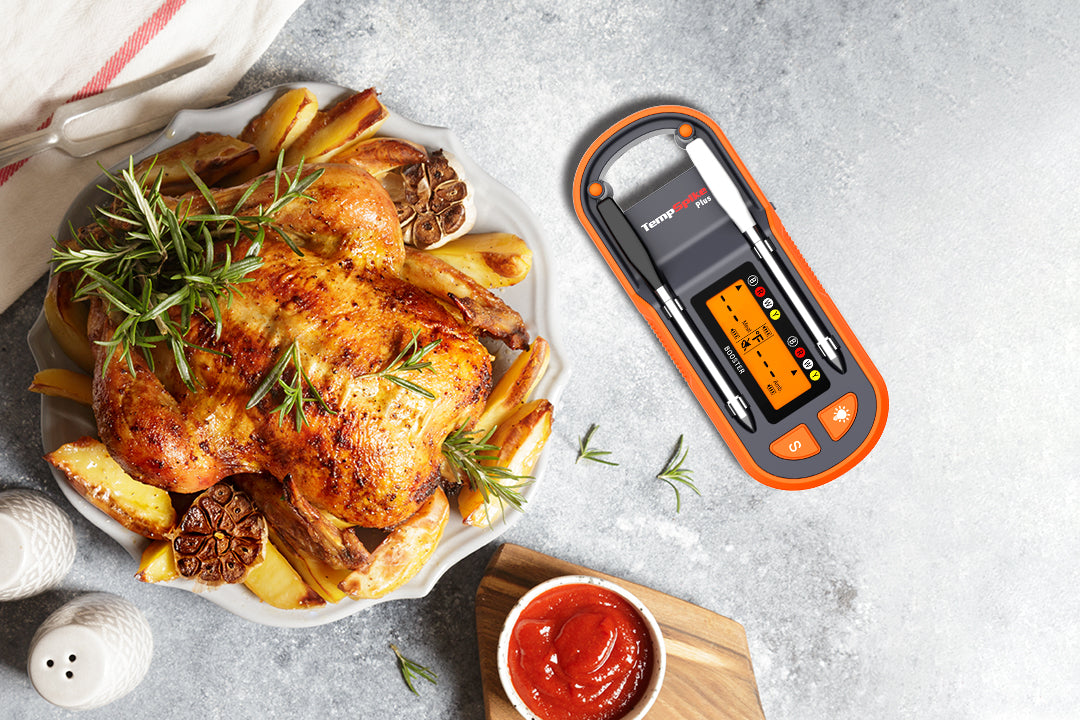
Where Do You Put Thermometer in Chicken?







